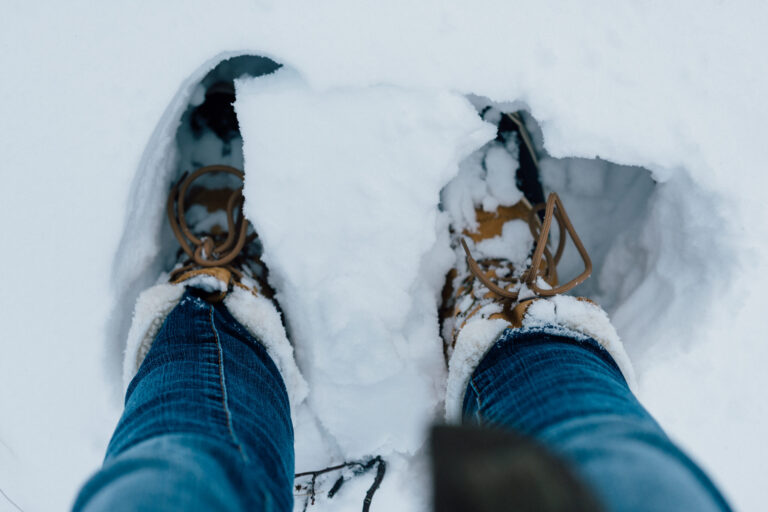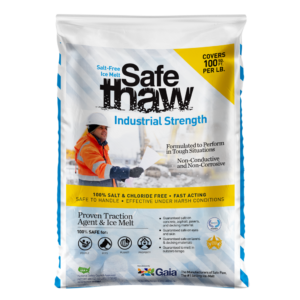Traction Agent- Buying Guide For 2021

How to walk on ice without falling in winters is a major challenge. Every year several incidents get reported for slip and fall accidents during the winter season. Some of these accidents cause serious injuries in the form of bone fractures or head injuries. People find different ways to safely walk on ice, like using walk on ice grips for shoes/ ice cleats or using traction agents to spread on the slippery ice layers to prevent slipping.
People use ice melts for their driveways and walkways, but ice melts take hours to work and are also not appropriate if you’re looking for immediate results. Moreover, rock salt or other chloride-based ice melts can cause significant damage to your concrete and are harmful to your pets.
A simple question before we go deeper into the working of traction agents. Why do we slip on ice anyway? Ice is slippery because it always has a thin layer of free water at the surface of the ice. As we move across the ice layer, the slipping on this free water starts the slipping process. This melting occurs beneath the moving object’s contact point with the ice due to the weight of the object.
Traction agents are your best bet if you’re looking for an immediate solution for walking on ice without falling. Good traction agents absorb excess water on the ice layer and provide a sandpaper-type effect by improving the grip of your shoes in the slippery ice layer.
There are different options that you can choose when it comes to buying traction agents.
Let’s have a look at the most commonly used ones.
1. Walk On Ice
Walk on ice is composed of natural geo crystals and contains primarily contains two types of granules. The absorber granules maximize the absorption of the free water on the surface of the ice, and the gripper granules with their spiky structure bury themselves into the ice and create better traction for walking. It is like having your walk on ice grips for shoes on demand whenever you need one. It comes in a handy bottle that you can easily carry in your car glove box.
Walk on ice is very effective and doesn’t create a mess once the ice melts. It is 100% environmentally safe, chemical-free, and pet safe. It contains all-natural minerals and chemicals that are completely safe to use around pets, kids, and plants.
2. Sand
Sand is also a good traction agent, and it doesn’t contain any harmful chemicals. However, it is not that effective and works for a short time.
The major cons of using sand are that it creates a mess that requires a lot of hard work to clean. The problem occurs when sand gets washed away in storm drains and choke them. It creates a sludge that contaminates the water.
3. Kitty Litter
Kitty litter is also commonly used as a traction agent, and it mainly consists of clay granules. Kitty litter does absorb the water on the surface of ice but, it becomes slick when wet. Once the ice melts, it leaves sticky lumps of clay that get stick to your shoes and creates a lot of mess everywhere.
4. Sawdust
Sawdust can work reasonably well, but it is not effective at lower temperatures. When the ice is close to the freeze/thaw temperature, sawdust can mix with melted water & re-freeze into the ice.
Conclusion
In this article, you can find a list of traction agents that you can choose for the coming winter. You require some good grips for your shoes to walk safely on the ice, and traction agents can really make that task easier.
Get ready for winter with Walk On Ice instant traction on snow and ice
Other Ice Melt Products
Safe Paw
The Original and #1 Selling Pet and Child Safe Ice Melt for over 20 years. Guaranteed environmentally safe – will not harm waterways and sensitive wetlands. All products are made in the USA.

Safe Thaw
Imagine an ice melt you can put down and never worry about. It won’t harm pets, kids, and your property. That’s Safe Thaw. Unlike anything else on the market, Safe Thaw can change how winter affects our planet.



